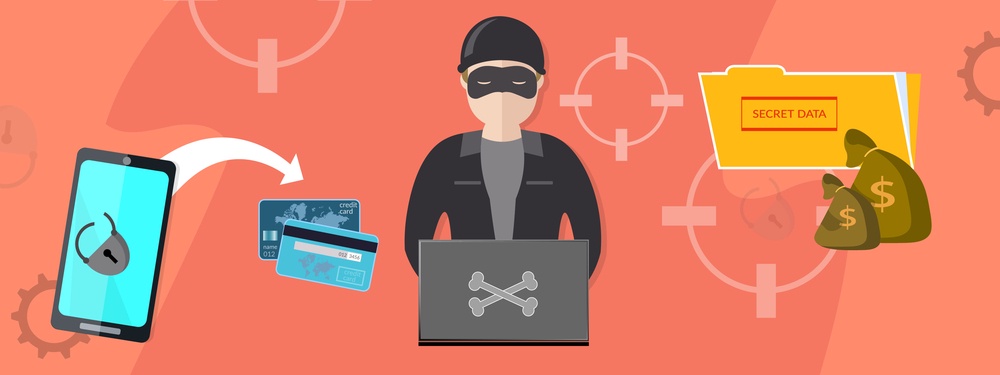In the currently emerging digital world, online businesses need to pick up the pace to survive the market competition. With digital payments becoming a benchmark of customer satisfaction, enterprises are adopting digital solutions to take the lead. The evolution of these spaces has also created room for fraudsters to benefit from potential loopholes. The exponential increase in online fraud is alarming for both the customer’s identity and for the business community. According to the Federal Trade Commission (FTC), almost 651,000 identity theft related complaints are received in a year with almost $1.7 billion lost in online fraud cases.
Identity theft is one of the most common types of frauds attempted by online scammers to fulfill their unethical desires. It refers to stealing a person’s identity over the internet for financial gains. Impersonating someone else in a wrong way could lead to strict penalties and imprisonment. Regulatory authorities such as the Financial Crimes Enforcement Network (FinCen), Financial Action Task Force (FATF), and other international watchdogs have chartered rules and regulations to prevent identity fraud.
Identity Theft History
The existence of identity theft has been widely acknowledged since the rise of technology in the late 20th century, but it was always present in other forms for a long time. Below are some points which explain the earlier type of frauds:
Illegal Drinking
Consuming alcohol was semi-legal in the United States until in 1984 the law of the National Minimum Drinking Age Act was imposed to protect younger people from indulging in drinking activities. This regulation specifically targeted college students who would embark on road trips to other states to fulfill their drinking addiction. As a result, there was a rise in fake ID acquisitions and criminal activities to make up for the required age, ultimately adding to identity theft.
Immigrant Restrictions
Due to largely open borders, immigrants have been moving into the US in the initial years of its existence. When the Chinese Exclusion Act came in 1882, the state government published certain laws for immigrants which determined criteria for living in the States. Over the years, other laws with strict implications were enforced excluding more and more ethnic groups. This gave rise to fake IDs to bypass the restrictions which count as identity theft. Crafting fake identity documents came increasingly popular in the 20th century with more immigration laws coming into effect.
Modern-day Identity Theft
Today with the digital era, fraudsters are employing various techniques of breaking into systems and scamming people with clever ways and means. According to the founder of a well known cybersecurity company, Hari Ravichandran, the two age groups that are at most risk are children and elders when it comes to fraud. Some most common types of online identity fraud are listed below:
Payment Card Frauds
Credit and debit card frauds are increasing since people are easily fooled by phishing emails by online scammers. The personally identifiable information from the cards is used by fraudsters to shop online and for their own benefits. To prevent card frauds, end-users should always confirm the authenticity of email senders and suspicious links before opening them. Identity authentication during financial transactions could help significantly reduce identity theft related to payment cards.
Synthetic Identity Fraud
According to McKinsey & Company, synthetic identity theft is the most rapidly evolving digital crime in the US. Synthetic identities owned by witty fraudsters are a combination of Social Security Numbers (SSNs), home addresses, and other sensitive identity information of other consumers. Fusing all these entities makes an entirely different identity which is hard to recognize. Performing identity verification checks of customers during onboarding and checkouts deter identity theft and shuns out potential criminals from harming honest and legitimate users.
Online Shopping Scams
With online shopping becoming popular, scams on e-commerce platforms and online retail websites are increasing. Unapproved purchases by cybercriminals using valid identities of genuine accounts are becoming more common since these platforms don't possess proper means of safeguarding their resources and customer identity. As a precautionary practice, users should not click on pop-ups and verify website originality before performing a transaction. Online identity verification could save customers from falling prey to potential scam attacks.
Online Identity Theft Prevention
In the current day scenario where digital services are on the move, online identity verification has become a necessity. Authenticating user identity through means of modern biometric verification incorporating face features and fingerprint patterns has brought innovation to the table. These solutions help prevent online identity theft and secure customer identity and business interests across enterprises.


No comments yet